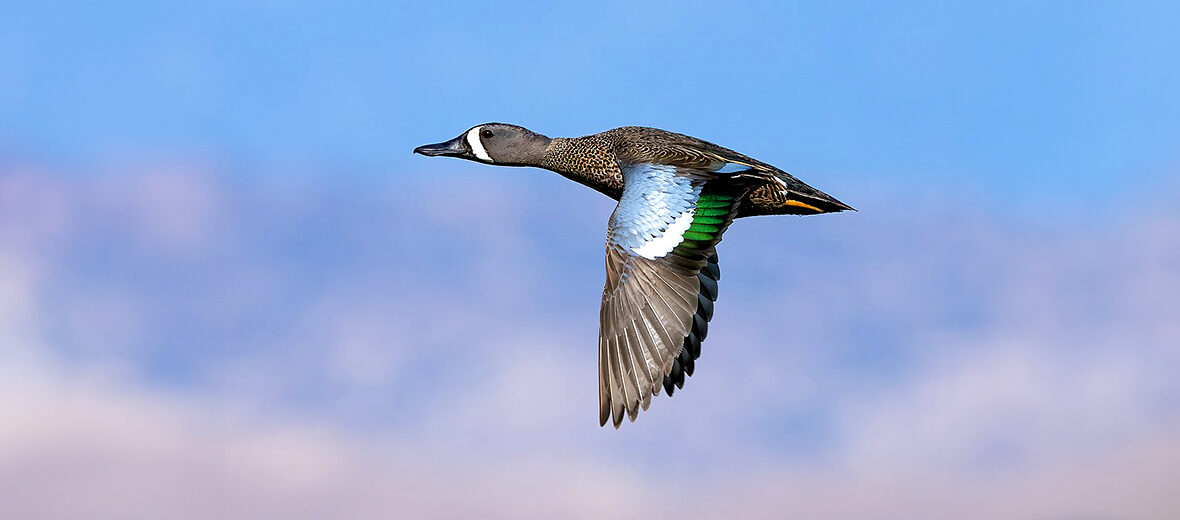
The blue-winged teal is a water bird that hails from the duck, swan, and goose family “Anatidae”. They are among the smaller members of the dabbling duck group. They can be found in Canada, United States, Mexico, Central America, and northern South America. Without many threats, sans some habitat loss and destruction, and pollution (both water and land), these ducks are listed as Least Concern by the IUCN.
First the Stats…
Scientific name: Spatula discors
Weight: Up to .99 lb.
Length: Up to 16 inches
Wingspan: Up to 24.41 inches
Lifespan: Up to 23 years
Now on to the Facts!
1.) There were, as of 2024, an estimated 4,600,000 wild individuals, and those numbers are increasing.
2.) The original formal description of these ducks was done by Swedish naturalist and historian Carl Linnaeus in 1766 in the 12th edition of his Systema Naturae.
3.) The name Spatula is the Latin word for “spoon” or “spatula”. The specific epithet discors is the Latin word for “different” or “at variance”.
4.) The male’s call is that of a short whistle, while the female’s call is a soft quack.
5.) These ducks are migratory and fly great distances to overwinter in the south.
But wait, there’s more on the blue-winged teal!
6.) They inhabit a wide range of habitats from marshes, lakes, pools, ponds, and shallow streams with thick emergent vegetation, to salt-marsh meadows with adjacent ponds or creeks.
7.) Blue-winged teals feed by dabbling rather than diving. In other words, they feed predominantly at the surface, sometimes even grazing on land.
Did you know…?
They are typically the first ones to show up in the south in fall, and the last ones north in the spring.
8.) While mainly eating aquatic plants, they will also take molluscs and various aquatic insects.
9.) Females lay up to 12 eggs that hatch in up to 27 days.
10.) Ducklings are able to walk to water within just 12 hours after hatching but don’t fledge for another 7 weeks.
11.) Their predators include: humans, American badgers, snakes, snapping turtles, dogs, cats, muskellunge, American crows, magpies, ground squirrels, coyotes, red foxes, gray foxes, raccoons, long-tailed weasels, American minks, striped skunks, and spotted skunks.
Now a Short Blue-Winged Teal Video!
Be sure to share & comment below! Also, check out the Critter Science YouTube channel. Videos added regularly!
Want to suggest a critter for me to write about? Let me know here.
Some source material acquired from: Wikipedia & IUCN
Photo credit: Frank Schulenburg




